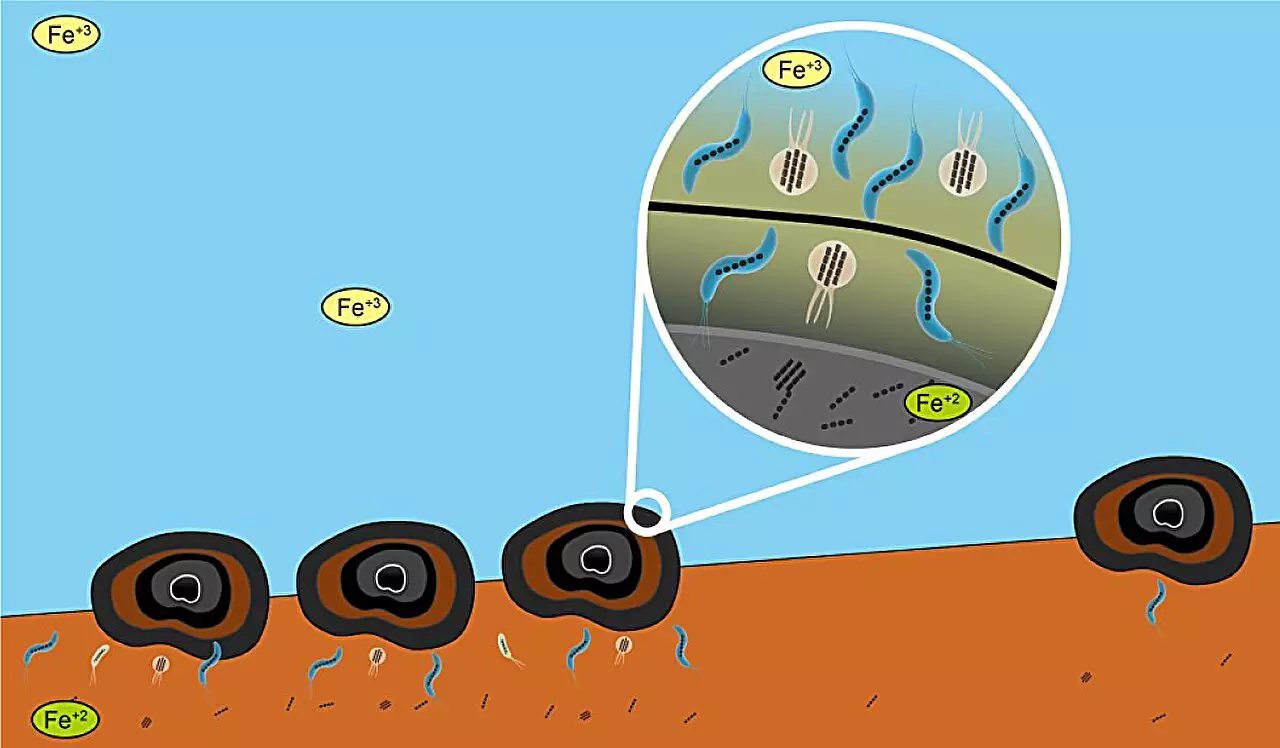Polymetallic nodules are intriguing geological formations found on the ocean floor. These potato-sized mineral aggregates are composed mainly of nickel, cobalt, and manganese, making them highly coveted targets for deep-sea mining operations. Their allure is primarily driven by the significant economic potential associated with the extraction of rare and essential minerals. However, the quest for these valuable resources raises questions about the environmental impacts of mining activities in some of the planet’s most delicate ecosystems.
The formation process of polymetallic nodules is a topic of ongoing research and debate. Generally accepted theories suggest that these nodules grow over extended periods as metallic elements from seawater precipitate onto the ocean floor. Recent studies indicate that microorganisms, particularly certain types of bacteria, may play a pivotal role in this formation by facilitating the deposition of minerals. The emergence of biogenic magnetite, a byproduct of magnetotactic bacteria, is particularly noteworthy. These bacteria possess specialized organelles that enable them to align with the Earth’s magnetic field, contributing to the mineral makeup of the nodules.
A critical study, conducted in the Clarion-Clipperton Fracture Zone (CCFZ) area south of Hawaii, has shed light on the relationship between microbial activity and the distribution of polymetallic nodules. This region has been earmarked as a focal point for potential mining due to its abundant mineral reserves. Researchers utilized advanced techniques such as electron microscopy and spectroscopy to analyze sediment samples collected during an extensive research cruise in 2013. This technological approach enabled the team to differentiate the origins of magnetic minerals, revealing three main contributors: airborne dust, volcanic activity, and biogenic processes.
The data presented in this study indicated that windborne sediments, largely influenced by prevailing winds, contribute to the nodule formation process. Meanwhile, volcanic activations, particularly from the erosion of underwater mountain ranges, provided additional mineral inputs. Noteworthily, high concentrations of biogenic magnetite were found to correlate with regions where polymetallic nodules were most abundant. This correlation led researchers to posit that these nodules create unique microenvironments characterized by elevated levels of carbon and low levels of oxygen, which are conducive to bacterial growth and the subsequent biomineralization processes that contribute to nodule development.
The findings from this research heighten our understanding of polymetallic nodules’ ecological significance and underscore the complexity of marine ecosystems. As the deep-sea mining industry expands, it is crucial to consider the ecological ramifications that mining operations may pose to these fragile environments. The interplay between microbial life and mineral deposition suggests that any disruption from mining activities could have far-reaching consequences not only for the nodules themselves but also for the broader marine ecosystem. Sustainable management strategies must be devised to balance the economic benefits of mining with the imperative to protect biodiversity in the deep sea.
While polymetallic nodules represent a frontier for resource extraction, they also exemplify the intricate connections within oceanic ecosystems that warrant careful consideration in the face of commercial interests.


Leave a Reply